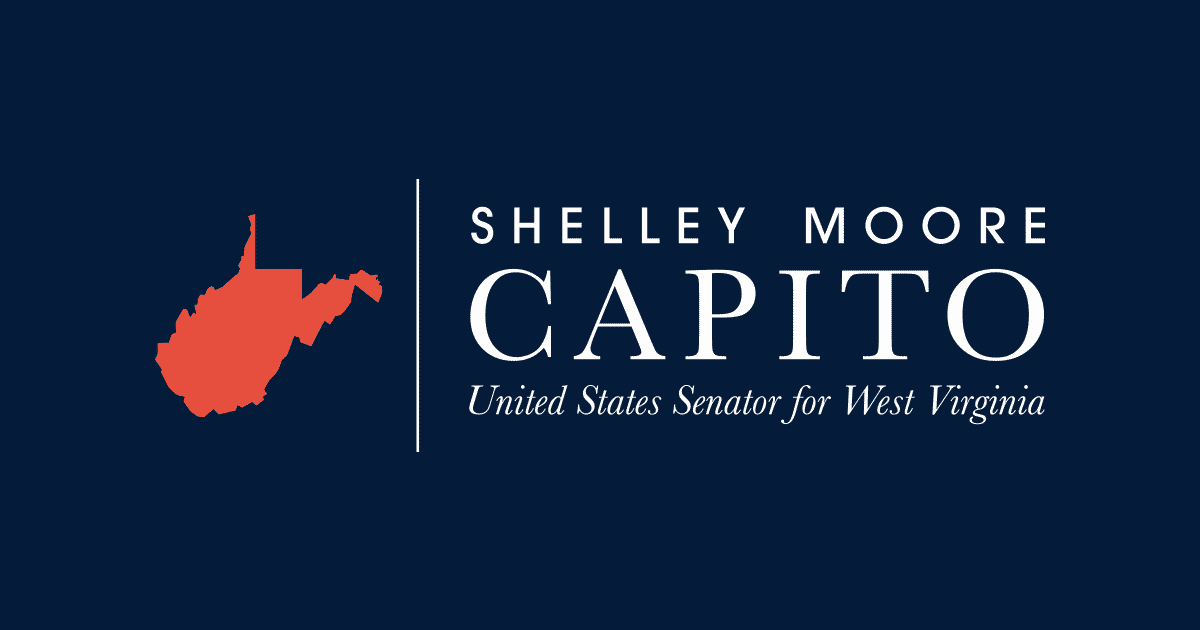Source: United States Senator for West Virginia Shelley Moore Capito
Click here or the image above to watch Round 1 of Ranking Member Capito’s questions. Click here to watch Round 2 of Ranking Member Capito’s questions.
WASHINGTON, D.C. – Today, U.S. Senator Shelley Moore Capito (R-W.Va.), Ranking Member of the Senate Environment and Public Works (EPW) Committee, questioned Environmental Protection Agency (EPA) Administrator Michael Regan during a hearing on the agency’s priorities and budget request for Fiscal Year 2024.
HIGHLIGHTS:
ON INFLATION REDUCTION ACT (IRA) SHUTTING DOWN COAL, NATURAL GAS:
SENATOR CAPITO: “These were generated by your EPA. They basically are showing that in coal capacity and natural gas generation that because of the IRA, coal capacity will be significantly lower than it would be had we not had the IRA. And the same with natural gas generation. These are models that he [EPA’s Joe Goffman] stands by. I’d like a confirmation that this is EPA’s firm projection of where the IRA is driving our energy production.”
ADMINISTRATOR REGAN: “Yes, those models look consistent.”
SENATOR CAPITO: “So, the IRA will directly cause closures of natural gas and coal power plants in all certainty.”
ISSUES WITH AN EPA FLUSHED WITH CASH AND ASKING FOR MORE: “Well, I think one of the issues here is the enormity of the dollars. I mean, you, EPA received $41 billion and yet the president wants another 19% increase, 2,000 more people. With the 41 billion you’re allowed to hire people to move forward these programs. To me, it’s just mind-boggling in this time of fiscal restraint or where people are really watching their dollars, this kind of overreach and overspending and it just seems so exorbitant to me.”
EPA MUST IMPROVE RISK COMMUNICATION ON SAFE DRINKING WATER: “One of the issues, and we talked about this as the rail derailment with the EPA official that was there, is the mixed communication as to what’s safe and crisis communications that EPA has moved forward with. And if you don’t have specific and detailed information, the gaps get filled with misinformation, and concerning.
“Several months ago, you put out something called a health advisory level. The health advisory level is so low that it can’t be measured. So nobody knows whether the health advisory level is safe or not. And so basically now you have two levels. You have a health advisory level which is very low and unmeasurable. And then you have the four parts per trillion that you set last week I believe that was considered safe. However, when Assistant Administrator Radhika Fox was here she said there’s no safe level for PFAS in drinking water.
“As you know, I mean we all know, very sensitive issue across the country and very grave implications on how do we fix it, yes. But on the health side, what does this really mean? How is that kind of communication helping the American public, the mom with the kids or the grandparents with the frail health or anybody who’s drinking? How are they really going to know with three…the administrative is saying nothing is it, very low health advisory, and then the maximum contaminant level being slightly higher. How do you square that to the American who’s turning on their tap every day?”
Click HERE to watch Ranking Member Capito’s first round of questions.
Click HERE to watch Ranking Member Capito’s second round of questions.
Click HERE to watch Ranking Member Capito’s opening statement.
# # #
